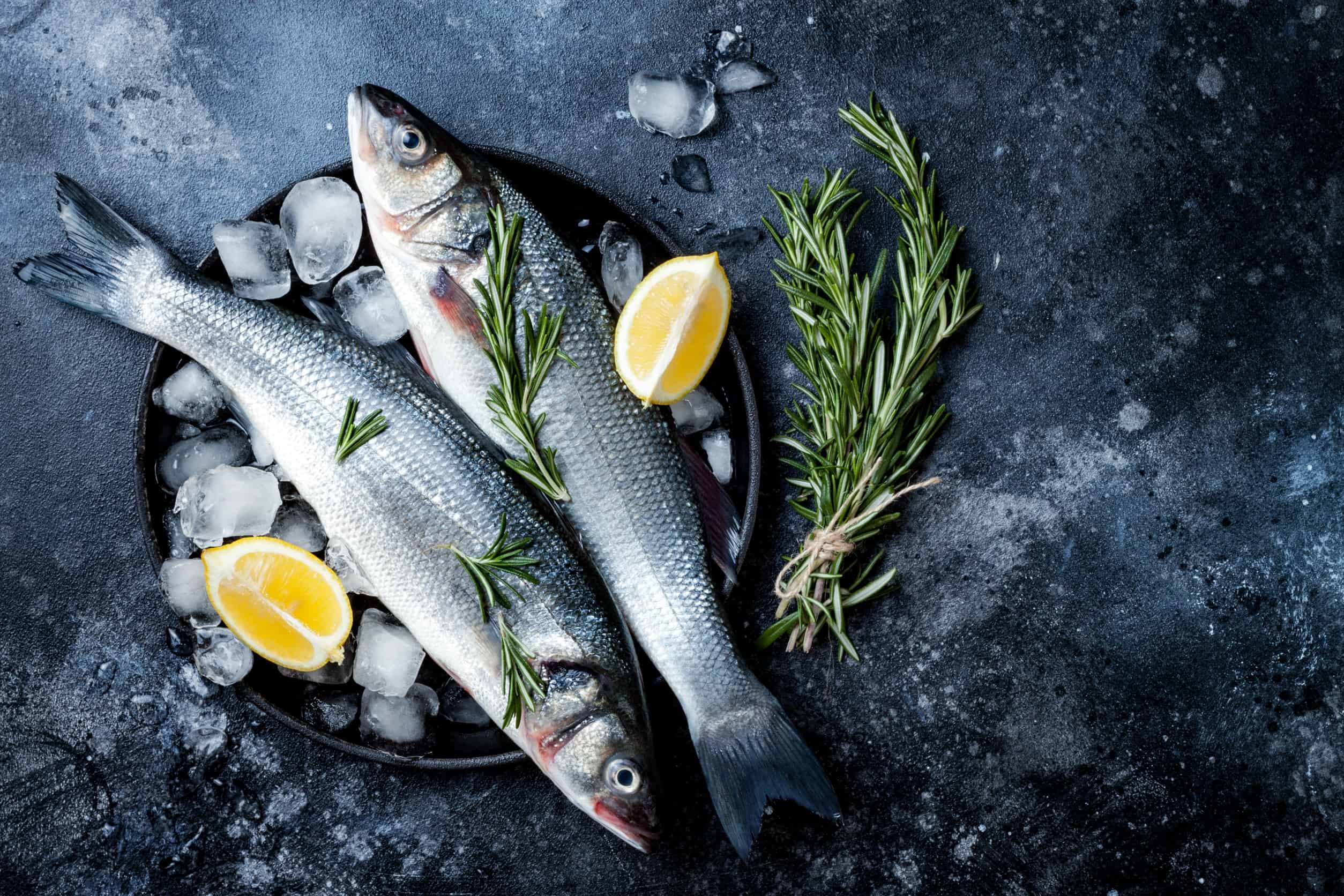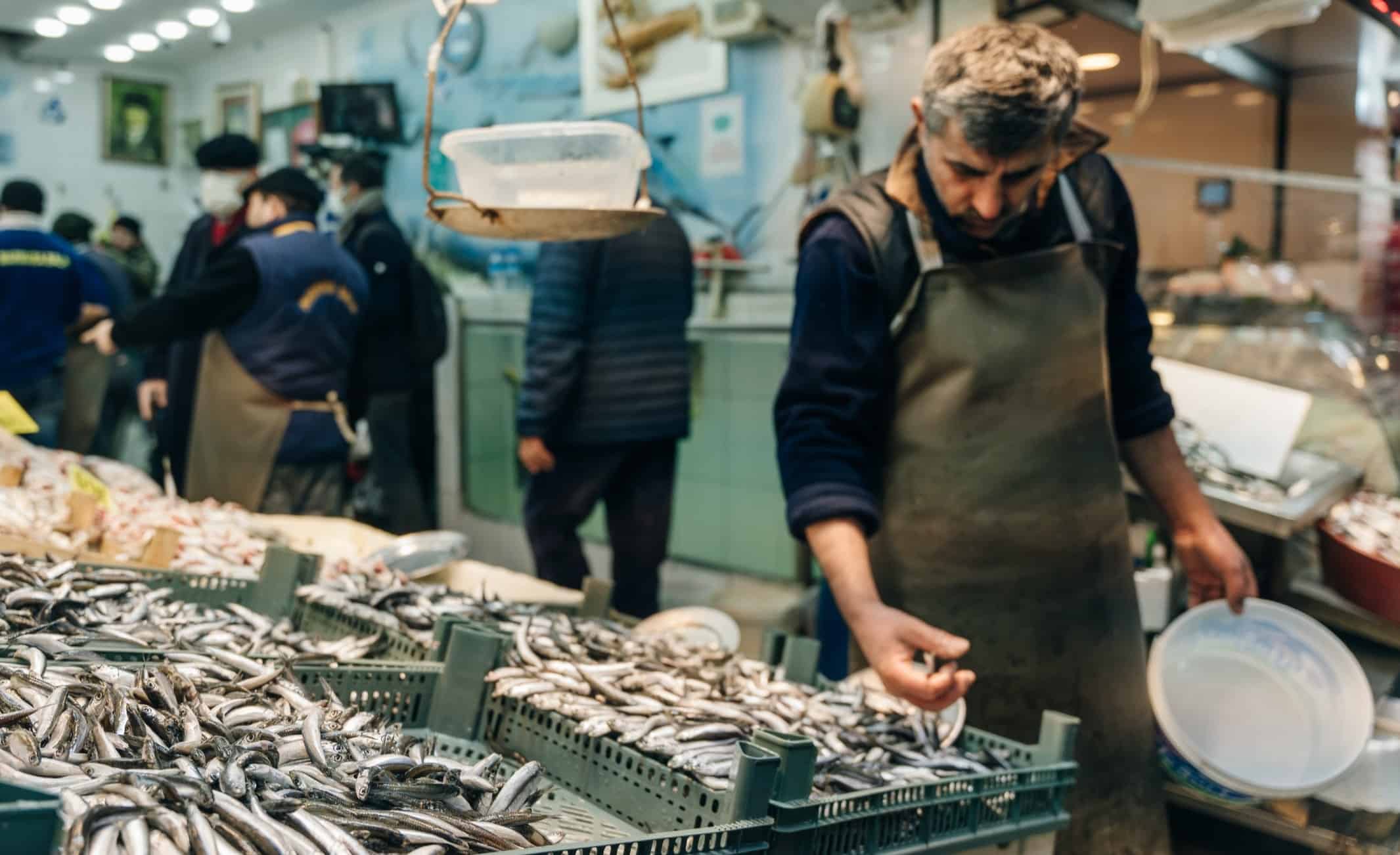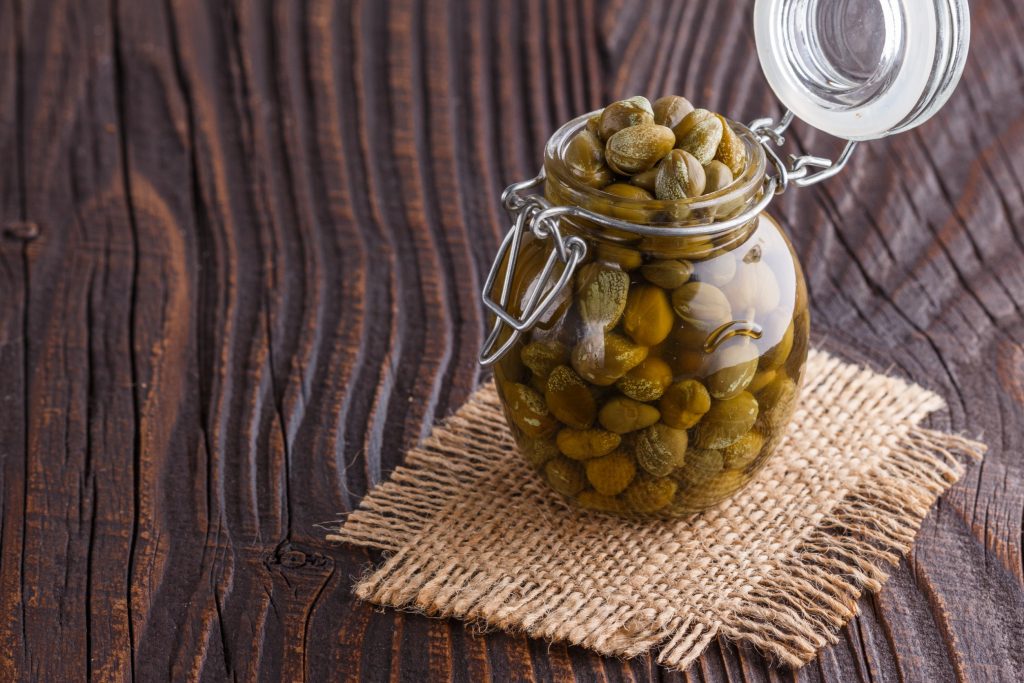If you have tried Mediterranean cuisine before or have traveled across Europe, there’s a good chance that you have already come across the terms Branzini and Branzino when browsing through menus or shopping for seafood.
Both tourists and customers often mistake these two fish for the same because they share a similar name, but they are actually different species with differences in size, flavor, and texture.

Branzini, or European seabass, is a relatively small fish popular in Italy and other parts of Europe. This fish typically weighs around 2 pounds and grows only up to 12 inches in length. It is often used in seafood stews, soups, and pasta dishes because of its mild and delicate flavor.
On the other hand, Branzino, also called the Mediterranean sea bass, is a much larger fish that can reach up to 3 feet in length.
Because of its size, Branzino is mostly served as a main course for a large group of people or as the centerpiece of a seafood platter, where it is often grilled, roasted, or baked as a whole fish with its head and tail intact.
In this guide, we will explore the 9 main differences between Branzini and Branzino. Everything from their physical appearance to their flavor profile—each aspect that sets these two types of sea bass apart will be examined and explained in detail for you.
So whether you’re an experienced chef or just a simple home cook looking to expand your culinary repertoire, this article will have everything you need.
9 Main Differences Between Branzini and Branzino Sea Bass
It won’t be easy to choose between the Branzini and Branzino sea bass if you don’t know what sets them apart. The one-letter difference between their names doesn’t help with the confusion either.
So to help you make an informed decision on what type of sea bass you should use for your dishes, here are the nine (9) main differences between those two fishes that you should be aware of.
1. Origin
The majority of the Branzino sea bass supply available on the market is farmed and exported from countries such as Greece, Turkey, and Italy.
Wild Branzino can still be found in Mediterranean waters, but commercial fishing is limited due to conservation efforts. However, there are still some recreational fishermen who manage to catch them every now and then.
The abundant supply of Branzini, on the other hand, is mostly caught in the wild by commercial fishing fleets. However, there has been a recent increase in efforts to farm this type of seabass to meet consumer demands.
2. Size
Branzini seabass are generally smaller than the Branzino variety, averaging only around 2 pounds and up to 12 inches in length.
In contrast, most commercially sold Branzino is 3 feet in length and weighs up to 7 pounds. But they can grow up to 15 pounds in the wild.
3. Appearance

Branzini and Branzino seabass have distinct physical characteristics that set them apart from each other.
The former has a pointed head and a slim, elongated body with a silvery-blue stripe running down its side. The latter has a rounder, broader body covered with grayish-brown and yellow spots.
The color of Branzino seabass may change over time depending on multiple factors, but this variety will always have larger scales than Branzini.
4. Flavor
Branzini seabass has a milder and more delicate flavor comparable to tilapia and cod. In comparison, Branzino is often described as sweet and nutty, with a hint of saltiness.
5. Texture
Branzini seabass is tender, so it is perfect for recipes that require gentle handling, such as baked fillets or sautéed medallions. It also has a flaky texture, which allows it to cook quicker and more evenly.
On the other hand, Branzino is meatier and holds up very well for dishes like stews and soups that require a longer cooking time.
Its firm texture is also suitable for grilling and roasting because it can withstand heat while maintaining its shape and juiciness.
6. Cooking method
Branzini is a popular ingredient in Italian cuisine, so it is often served whole and stuffed with herbs and lemon. In comparison, Branzino is more commonly served grilled or pan-seared with lemon and olive oil.
7. Price
The smaller size of Branzini naturally makes it less expensive than Branzino seabass. But the popularity of Branzino in Mediterranean countries has made this difference even more apparent due to greater consumer demand.
While the price may vary depending on the location and availability, the price of Branzini typically ranges from $8 to $12 per pound. Branzino, on the other hand, will set you back $20 to $30 per pound.
8. Availability
The popularity of Branzino has been steadily increasing over the past couple of years, so it has become widely available in fish markets across the United States.
In contrast, Branzini isn’t as widely available due to its smaller size and limited commercial fishing.
However, it is important to note that the availability of these two types of seabass will depend on the location and current season. So it is always best to check with your local fish market to see what is currently available.
9. Sustainability
Because Branzini are smaller and faster-growing, they are generally the more sustainable seafood choice between the two.
They can be farmed more efficiently, reducing pressure on wild populations, and are less likely to be overfished.
Final Thoughts
Although Branzini and Branzino seabass share a similar name, they each have their own distinct differences. Therefore, it is important for you to be aware of their unique characteristics so that you can choose the right type of seabass for your dish.
Exploring different types of seafood is a great way to broaden your culinary repertoire. So the next time you’re in the seafood aisle, consider trying out Branzini or Branzino and enjoy the unique flavors and textures they have to offer.

